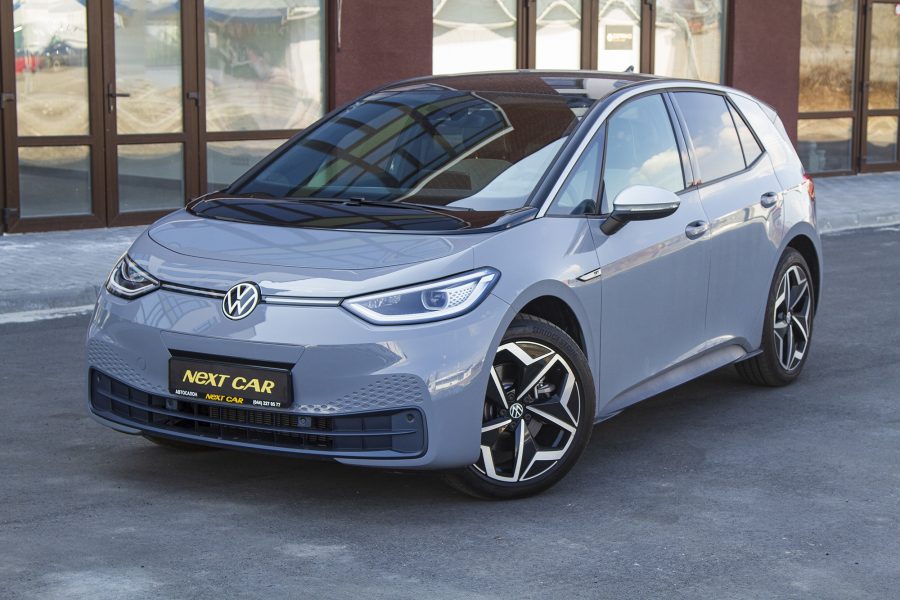
Manufacture of engines for electric vehicles
Content
Two key components of an electric vehicle engine
The electric motor works differently than the thermal version. Thus, the electric motor is connected to the battery, which transfers current to it. ... This creates a magnetic field that creates electricity, which will be converted into mechanical energy. The vehicle will then be able to move. For this, the manufacture of an electric motor always presupposes the presence of two components: a rotor and a stator.
The role of the stator
It is a static part electric motor. Cylindrical, it is equipped with recesses for receiving coils. It is he who creates the magnetic field.
The role of the rotor
This is the element that will rotate ... It can consist of a magnet or two rings connected by conductors.
Good to know: How are hybrid and electric motors different?
The hybrid electric motor works in conjunction with a thermal model. This implies a different design as the two motors must coexist (connections, power) and interact (optimize energy use). The electric vehicle will have an engine designed with only the characteristics of the vehicle in mind.
Synchronous or asynchronous motor?
To make an electric car motor, manufacturers must choose one of two operating modes:
Synchronous Motor Manufacturing
In a synchronous motor, the rotor is a magnet or electromagnet that rotates at the same speed as the magnetic field ... A synchronous motor can only be started with an auxiliary motor or electronic converter. Synchronization between rotor and stator will prevent power losses. This type of motor is used in urban electric vehicles that need a motor that responds well to changes in speed and frequent stops and starts.
Asynchronous motor production
It is also called an induction motor. The stator will be powered by electricity to create its own magnetic field. ... Then the perpetual motion of the rotor (consisting here of two rings) is turned on. It can never catch up with the speed of the magnetic field that causes slippage. To keep the engine at a good level, the slip should be between 2% and 7%, depending on the engine power. This engine is best suited for vehicles designed for long journeys and capable of high speeds.
The part of the electric motor containing the rotor and stator is part of the electric transmission ... This kit also includes an electronic power regulator (elements needed to power the engine and recharge) and a transmission.

Need help getting started?
Specificity of permanent magnets and independent excitation motor
It is also possible to manufacture electric motors for electric vehicles with permanent magnets. Then it will be synchronous motorization, and the rotor will be made of steel to create a constant magnetic field. ... Thus, an auxiliary motor can be dispensed with. However, their design requires the use of so-called "rare earths" such as neodymium or dysprosium. While they are actually quite common, their prices fluctuate a lot, making them hard to rely on.
To replace these permanent magnets, some manufacturers are switching to independently excited synchronous motors. ... This requires the creation of a magnet with a copper coil, which requires the implementation of certain manufacturing processes. This technology is very promising as it limits the weight of the engine, allowing it to generate significant torque.
Regenerative braking, plus for the electric motor
Regardless of how electric vehicle motors are made, they have a reversible effect. For this the motor includes an inverter ... So, when you take your foot off the accelerator pedal of an electric vehicle, the deceleration becomes stronger than on the classic model: this is called regenerative braking.
By counteracting the rotation of the wheels, the electric motor not only allows braking, but also converts kinetic energy into electricity ... This makes it possible to slow down brake wear, reduce energy consumption and extend battery life.
And the battery in all this?
It is impossible to discuss the production of electric vehicle engines without considering the battery needed to run them. If the electric motors are powered by AC, the batteries can only store DC current. However, you can charge the battery with both types of current:
AC Recharge (AC)
This is the one used in electric vehicle outlets installed in private homes or small public terminals. After that, recharging is possible thanks to the converter on board each vehicle. Depending on the power, the charging time will be longer or shorter. Sometimes you need to change your electricity subscription to allow this recharge and other equipment to run at the same time.
Constant current charging (constant current)
These outlets, which can be found at fast terminals in motorway areas, contain a very powerful converter. The latter allows you to charge a battery with a capacity of 50 to 350 kW.
Therefore, all electric motors need a voltage converter to be able to convert DC battery current to AC current.
The production of engines for electric vehicles has achieved impressive success over the decade. Synchronous or Asynchronous: Each motor has its own advantages that allow electric motors to adapt both to the city and to long journeys. Then all you need is to call a professional to set up a charging station at home and enjoy this eco-friendly way of getting around.
